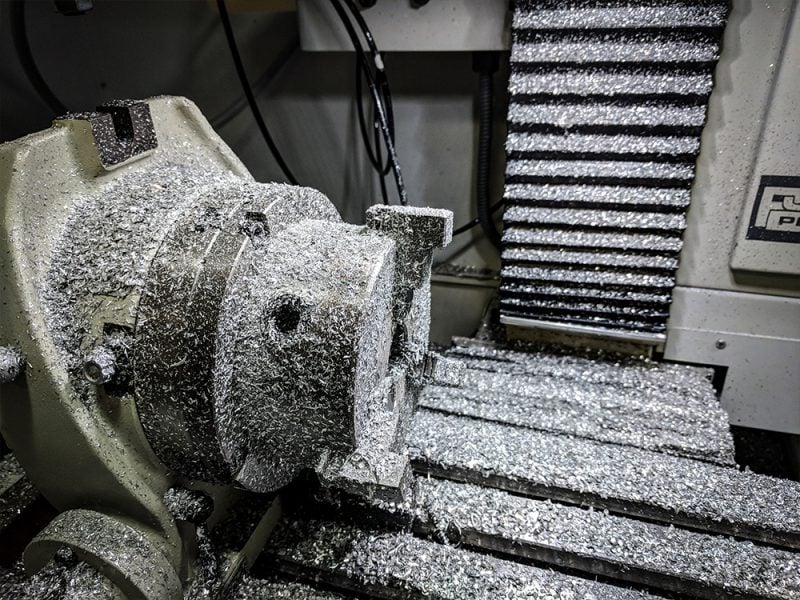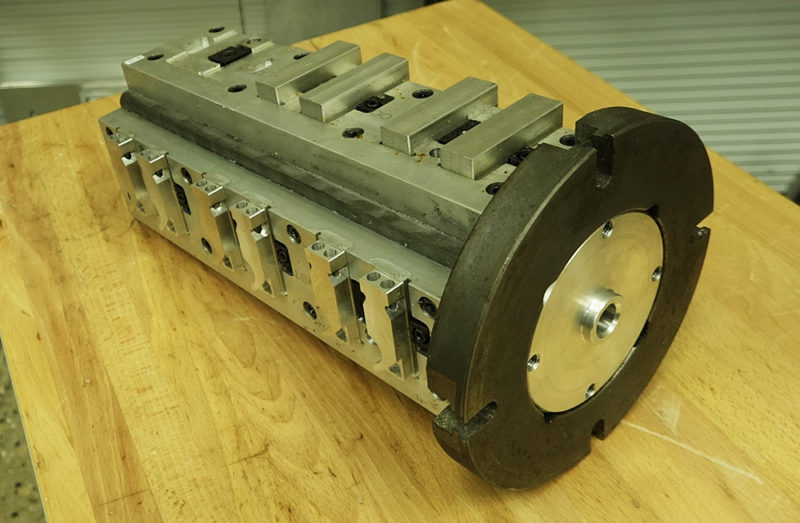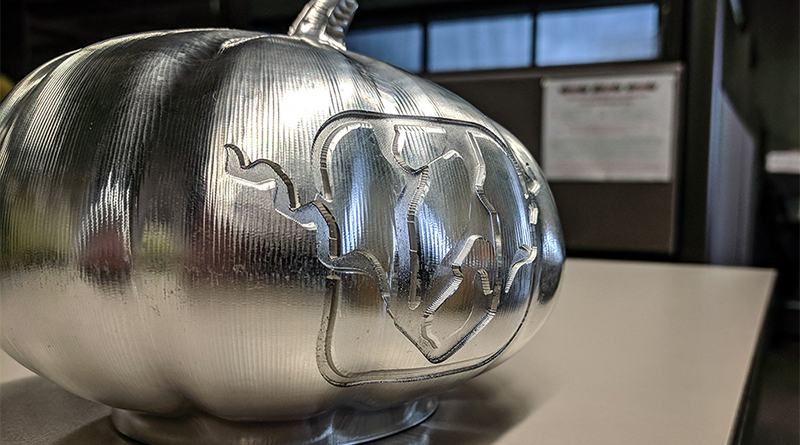When buying a machine tool, it’s easy to get carried away. The excitement of purchasing a fancy new mill from Tormach makes you want to buy all the tools and accessories under the sun. Eventually, your budgeting conscience starts yelling, and you’ve got to draw a line somewhere. Often, when this line gets drawn, machine owners will skip buying a 4th axis, figuring they can do everything needed with some workholding ambition. While that might sometimes be true — though hardly worth the effort — here are three big reasons it’s valuable to consider a 4th axis.

1: Save Steps
Going the route of multiple workholding setups can save some money at first, but often, it becomes more work than it’s worth. If you have an odd-shaped part, you may have to create three, four, even seven setups to get your part made. Because a 4th axis isn’t only indexable but also capable of simultaneous motion, you can significantly reduce your number of setups and workholding challenges.
2: Make Complex Curves
Sometimes, there are parts that just can’t be done in three axes. Or rather, can’t be done practically in three axes. Read: 4 Bits of Knowledge That Separate a Beginner Machinist from a Pro For example, if you want to mill a spiral column shape or complex curve, it might be possible to cut with three axes. But the effort, time, and calculation you’d spend programming the workholding makes little economical sense. A 4th axis would make life a lot simpler. 
3: Use a Tombstone
If you’re into making multiple parts at once, a tombstone on a 4th axis is your best friend. A tombstone acts like a fixture plate, and because you can mount it on a 4th axis, it also becomes four separate fixture plates. This minimizes tool changes and makes producing multiple parts a breeze. While these aren’t the only advantages to using a 4th axis, they’re definitely good reasons to consider giving one a try.
… And a Bonus
One more reason you need a 4th axis: it’s a valuable addition when you want to make a Halloween pumpkin!


